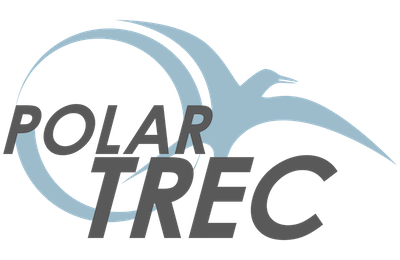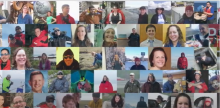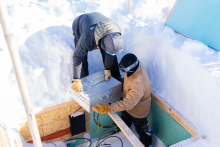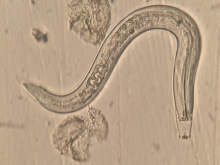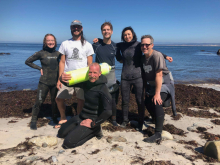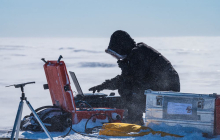Expeditions
Since its establishment in 2004, PolarTREC has facilitated immersive field research experiences in the Arctic and Antarctica, bringing educators and researchers together to create unique professional development opportunities for educators and to inspire their students. Our program, created by the Arctic Research Consortium of the United States, has enabled educators to work closely with scientists, participate in fieldwork and data collection, and share their experiences with their students and the broader public. With a focus on fostering long-term collaborations and mutual learning, PolarTREC has significantly impacted science education throughout the United States, transforming how STEM subjects are taught and increasing awareness of the polar regions' role in the Earth's climate system. As the program comes to a close, we invite you to continue learning about the polar regions by reading journals, viewing photos, and accessing polar-focused resources. Stay connected by joining the polar education list and following us on social media, as we will continue to build and support our polar educator and researcher network.
